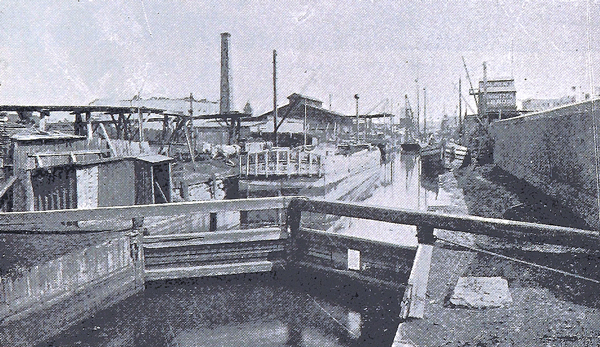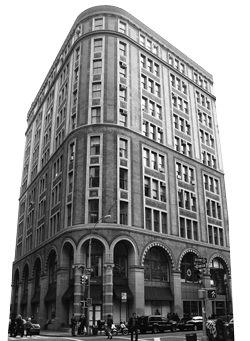Trending
This month in real estate history
A toxic Bronx canal sees its demise, the Empire State Building opens and more…

1999: New York City plans to close toxic Bronx canal
A New York State Supreme Court judge tossed out an effort to stop the city’s acquisition of the Mott Haven Canal, just north of the Third Avenue Bridge in the Bronx, the New York Times reported 117 years ago this month. Over the next few decades, the city filled the notoriously smelly and toxic waterway that ran from the Harlem River to East 144th Street and created Canal Street West and Canal Place, which are now lined with mostly manufacturing and auto repair shops. The North River Electric Light and Power Company filed the motion to stop the city’s acquisition and would appeal the Supreme Court’s decision later that year. The canal was dug in the 1870s and used to transport goods to and from the borough. Prospects for the man-made inlet dimmed in 1896, when the Board of Health declared it “to be a public nuisance, dangerous to life and detrimental to health,” and recommended the city scoop up its deed and fill it in.

Empire State Building
1931: The Empire State Building opens its doors
President Herbert Hoover pressed a ceremonial button in Washington, D.C., that signified the opening of New York City’s most iconic tower 86 years ago this month, according to the Library of Congress. The 1,454-foot, 102-story Empire State Building was constructed during a period of ultracompetitive skyscraper building in New York City. It effectively ended that competition, blowing away its nearby rival, the Chrysler Building, by 400 feet. While that tower and its predecessor, 40 Wall Street, held the title for less than 12 months, the Empire State Building reigned supreme for almost 40 years until the Twin Towers rose downtown in 1970. It again become the city’s tallest when the towers fell in 2001, although the completion of One World Trade Center and 432 Park Avenue have since pushed it into third place in the city.

Goelet Building at 900 Broadway
1989: Prime Manhattan shopping district is given landmarks status
The Landmarks Preservation Commission designated a more than 20-block swath of Manhattan as the Ladies’ Mile Historic District 28 years ago this month, according to the New York Times. The district — which runs from roughly West 14th to West 23rd streets and from Broadway to Sixth Avenue — comprises 440 buildings that were designed by “some of America’s most famous and prestigious” architects, according to the commission’s designation report. It is home to three buildings by McKim, Mead, & White, including the Goelet Building at 900 Broadway and the Judge Building at 110 Fifth Avenue. At the neighborhood’s height following the Civil War, it housed high-end stores including Lord & Taylor and Bergdorf Goodman. However, the area fell out of fashion by the end of World War I, with its more opulent residents moving uptown, prompting retailers to follow. Many buildings were converted into manufacturing spaces by the 1920s, and some were demolished during the Great Depression. In the mid-20th century, wholesalers, booksellers and publishers moved into the area’s big loft spaces, and by the 1980s retailers and advertisers moved back into the district, according to the designation report.



